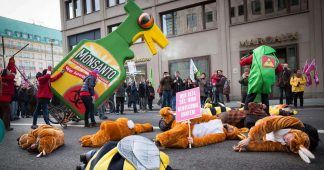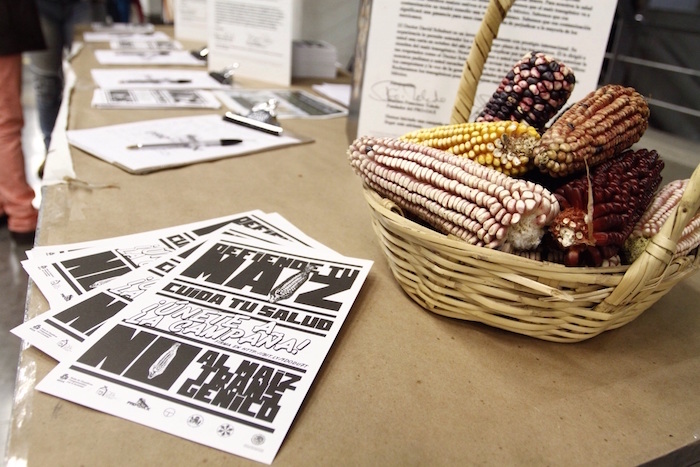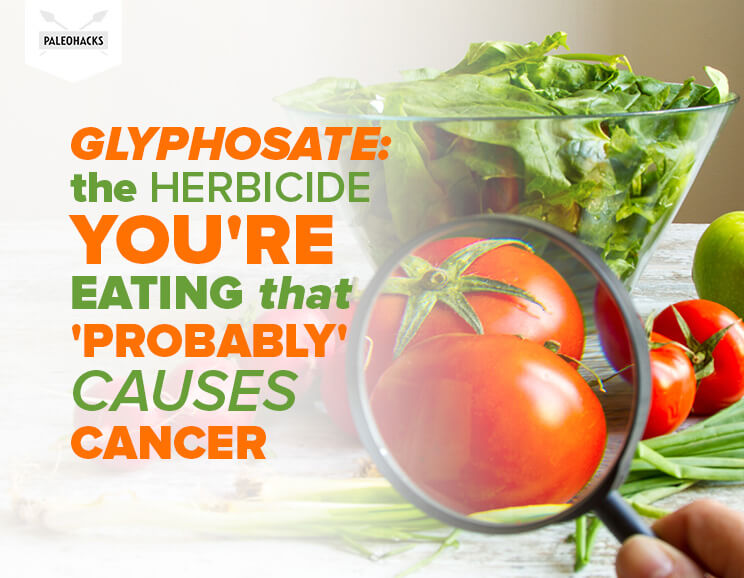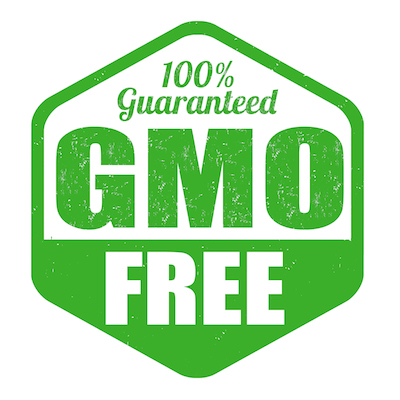Press release on the article from scientists of IITP RAS who did not prove the unsafe nature of GMOs.
Last week, the federal media released a number of publications stating that Russian scientists had disproved data on the negative effects of GMOs on the health of living organisms. The informational pretext for the wide-spread Russian Media’s campaign was the article from the Russian scientists of the Institute for Information Transmission Problems (the IPPI RAS), Aleksander Panchin and Aleksander Tuzhikov, which was published in the Critical Reviews in Biotechnology journal, entitled Published GMO studies find no evidence of harm when corrected for multiple comparisons.
In response to the materials, the experts of the National Association for Genetic Security (NAGS) state that:
· The Article of the Russian scientists from IPPI RAS is the statistical analysis of published works on the toxicological research of GMOs, as well as the critical assessment of individual studies that have shown the negative effects of GMOs. The statistical analysis was based on the Bonferroni method, which is considered to be conservative and is characterized by the fact it considers the lack of effect when in reality there was an effect. The NAGS experts believe that this method is incorrect in terms of its use in toxicological studies on the impact of GMOs on warm-blooded animals, as this method does not allow the identification of the toxic effects of the objects, but on the contrary, it leads to their concealment.
· In their article, the IPPI RAN representatives criticized the work of Professor Seralini and his co-authors. In the two-year study, Seralini had the same number of rats (10 in each group), which were used by the company Monsanto (the producer of GM-corn cultivar, feeding it to the rats) to confirm the safety of GMOs in its 90-days studies. Thus, Monsanto, at the end of the experiment, examined 10 of the 20 animals of the general group, explaining it by stating they wanted to avoid any mistakes. The reasonable question appears: Did Monsanto choose to assess the healthiest animals or quite deliberately limit the duration of the research to show positive results?
· The mathematicians conclusions, based on criticism of the data published in only seven scientific articles, reflects only the authors’ opinion. But, at the same time, there is the question: why were these selected articles chosen from dozens of other studies reporting the negative effects of GMOs on the health of warm-blooded animals?
· This information is not objective: the only way to refute or to confirm the conclusions of various scientific studies is by re-staging experiments under similar conditions, but with an increase in scale, and an in-depth study of the methods of parameter valuation.
· When it comes to assessing the risk of toxic effects of GMOs on living organisms, an analogy with the medicine is appropriate: the statistical methods used to ignore indicators of significant changes detected in laboratory studies may lead to serious negative consequences.
· The incorrect use of statistical analysis methods in assessing the risks to the health of living organisms is proved by the tragic episode that occurred in January of this year in France, when one of the 90 volunteers died whilst testing new medicine. In this case, scientists did not wait to achieve statistically significant results upon the death, and the study was stopped immediately. Following the same logic of the authors of the article comparing the safety of GMO research, the study of potentially dangerous medicine has to be continued until 10, 20, 30 or more people die to obtain a statistically significant sample.
The only way to dot the “i” on the issue of the safety of GMOs for the health of living organisms is to provide large-scale independent multigenerational and toxicological studies. These experiments not only have to meet the strictest international academic standards, but also the principles of openness and to ensure the absence of any mercenary interests. It will provide objective data on the GMO’s ability to have a negative impact on human and animal health.
The document was signed by:
· Dragavtsev V., doctor of biological sciences, professor, academician of the Russian Agricultural Academy, chief scientist of the Agrophysical Scientific Research Institute
· Kopeikina V., secretary of the CIA Alliance for Biosecurity
· Kramarenko K., candidate of medical sciences, head of the system of voluntary certification “Biologically Safety”
· Maletskiy S., doctor of biological sciences, head of the Institute of Cytology and Genetics laboratory of population genetics, academician of the Russian Academy of Natural Sciences
· Razbash O., expert-consultant on ecologic right of the Civic Chamber of the Russian Federation
· Tsydendambaev V., candidate of biological sciences, head of the Timiryazev Institution of the Plant Physiology exchange laboratory
· Sharoykina E., founder and director of the National Association for Genetic Security











